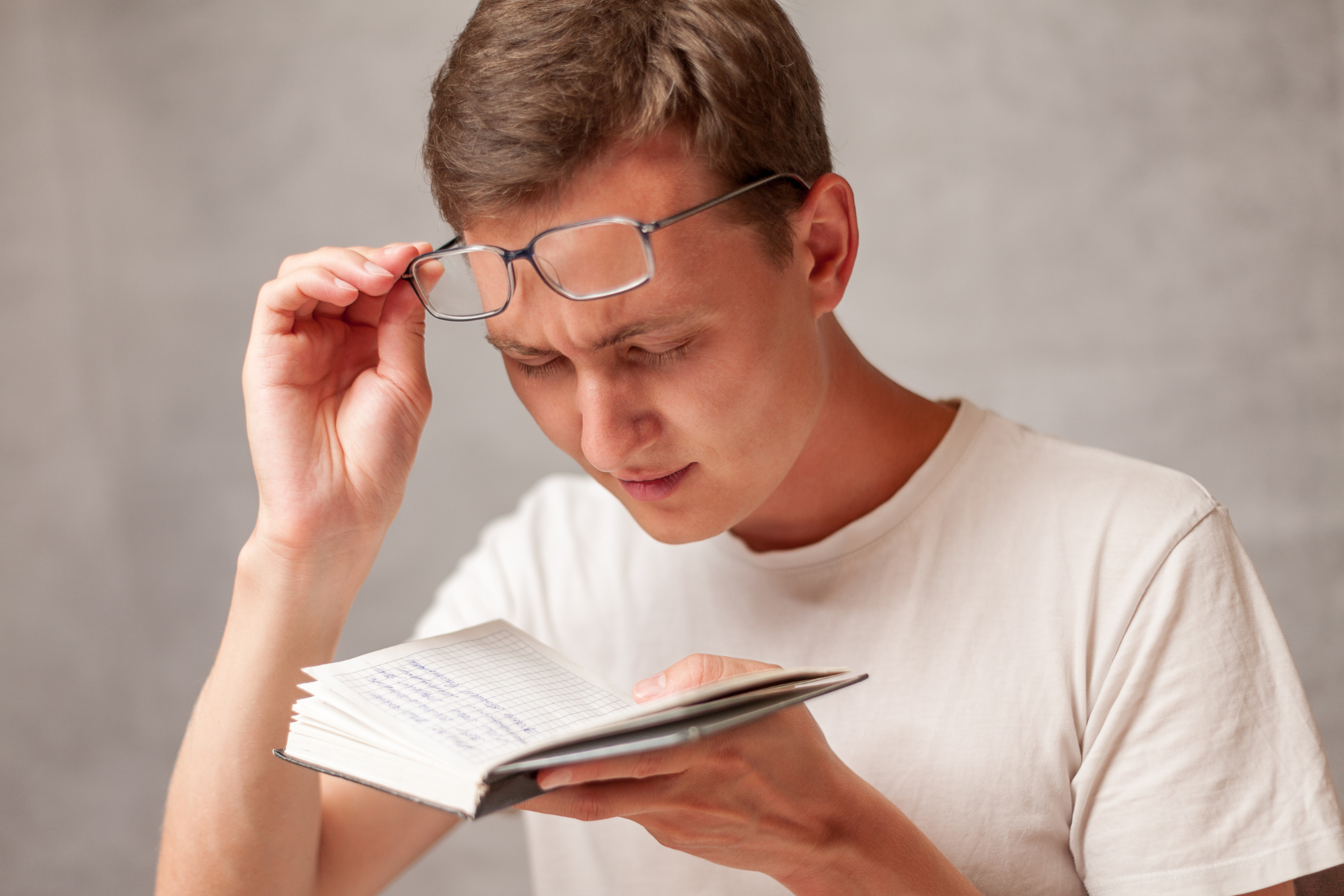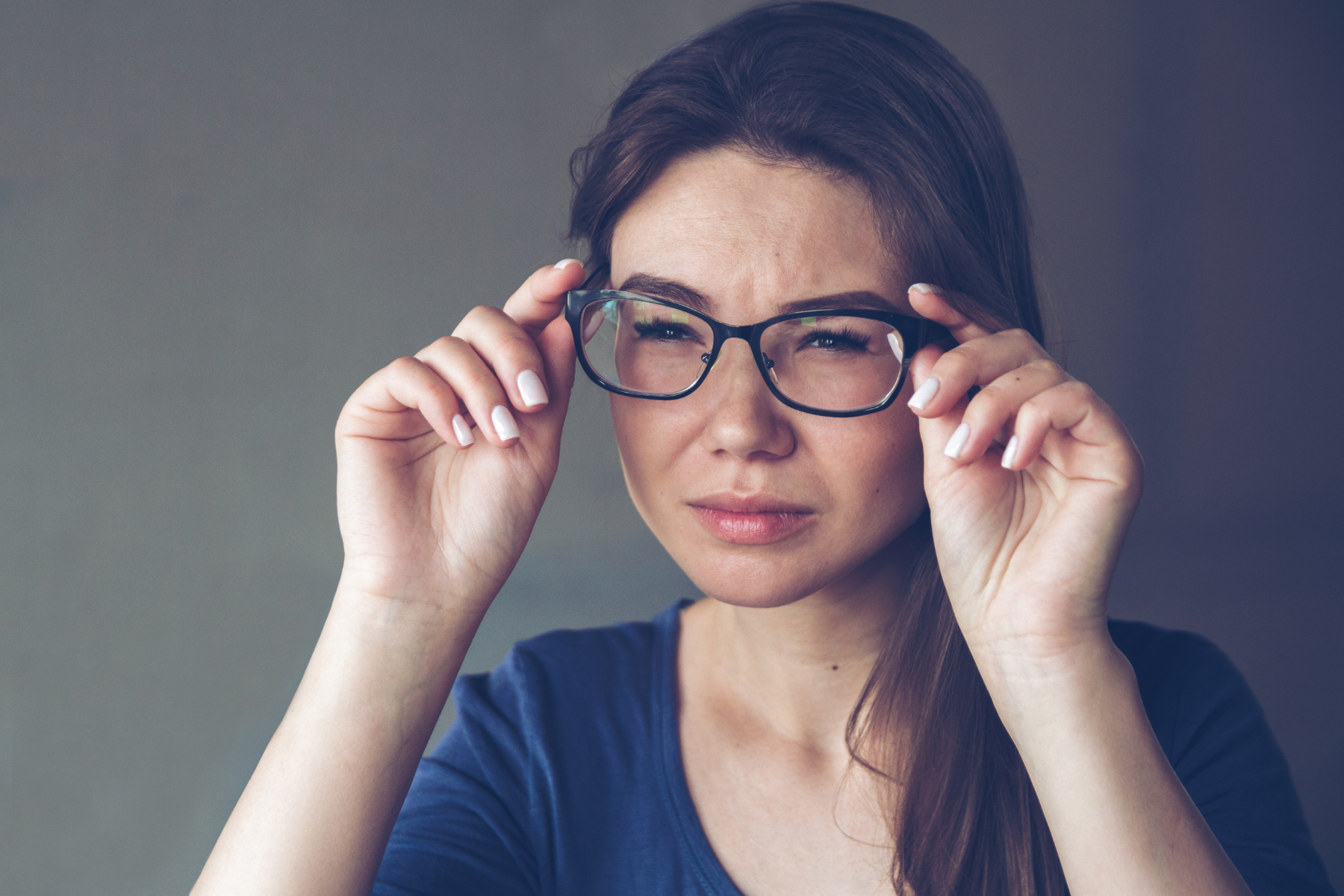 LynbrookOptical
LynbrookOpticalMenu
Myopia
Wed Nov 29 2023What is Myopia? Understanding Nearsightedness.
MYOPIA, also known as nearsightedness, is a common vision condition that affects millions of people in Australia and around the world. It occurs when the eye is longer than normal or has a greater curvature, causing light to focus incorrectly on the retina. This leads to difficulty seeing distant objects clearly, but close-up vision is typically unaffected. If you're experiencing difficulty seeing distant objects clearly, it's important to schedule an eye exam with an optometrist or ophthalmologist.
Myopia can have a significant impact on your daily life and can make it difficult to perform everyday tasks, such as driving or playing sports. It can also lead to eye strain, headaches, and fatigue. Additionally, myopia increases the risk of certain eye problems, such as retinal detachment, later in life.
In this article, we will cover myopia in detail, including the causes, symptoms, and treatment options available. We hope that this information will help you understand the condition better and take the necessary steps to protect your vision.
Prevalence of Myopia
According to recent studies, the prevalence of myopia in Australia is around 25%. This number is projected to rise in the coming years, with estimates suggesting that nearly 50% of the population will have Myopia by 2050[1]. The increasing use of electronic devices and the lack of time spent outdoors are believed to be contributing factors to the rise in myopia. It is important to schedule regular eye exams with an optometrist to monitor the progression of the condition.
Causes of Myopia
What is the main cause of Myopia?
The main cause of myopia is not well understood, but it is thought to be a combination of genetic and environmental factors. Studies have shown that people with a family history of myopia are more likely to develop it themselves[2]. Additionally, children who spend a lot of time indoors and engage in close-up activities (such as reading or playing video games) are more likely to develop myopia[3].
Genetic Factors: Myopia tends to run in families, indicating a genetic component to the condition. Studies have shown that if one or both of your parents have myopia, you are more likely to develop the condition[4]. Additionally, certain genetic mutations have been linked to myopia, including mutations in the genes that regulate the growth and development of the eye.
Environmental Factors: The increasing prevalence of myopia in recent years may be linked to lifestyle changes and increased use of electronic devices. Specifically, the main environmental factor that is believed to contribute to myopia is the lack of time spent outdoors. Studies have shown that children who spend more time outdoors tend to have a lower risk of developing myopia[5]. This may be because natural light and the ability to focus on distant objects help to regulate the growth of the eye. Additionally, studies have also shown that people who spend more time reading, writing, and using electronic devices are at a higher risk of developing myopia[6].
Combination of Both: Myopia is a complex condition that is caused by a combination of genetic and environmental factors. While genetics plays a role, research suggests that lifestyle changes and increased use of electronic devices may be contributing to the increasing prevalence of myopia.

Symptoms of Myopia
The symptoms of myopia can vary from person to person, but some of the most common symptoms include:
Blurred Vision at a Distance: The most obvious symptom of myopia is difficulty seeing distant objects clearly. This can make it difficult to drive, read road signs, or watch television from a distance. Some people with myopia may also have trouble seeing the board at school or work.
Eyestrain: Myopia can also cause eyestrain, which is characterized by a feeling of fatigue or discomfort in the eyes. This can be caused by the eyes having to work harder to focus on distant objects. Eyestrain can lead to headaches, fatigue, and a general feeling of discomfort.
Headaches: Myopia can also cause headaches, particularly when the eyes are strained. These headaches may be felt in the temples or behind the eyes and can be accompanied by other symptoms such as fatigue or eyestrain.
It's important to note that while myopia can cause these symptoms, it can also be caused by other conditions. Therefore, if you're experiencing these symptoms, it's important to schedule an eye exam with an optometrist to rule out any other underlying conditions.
What to Expect During an Eye Test
The eye test is a common part of a routine physical, but a test for myopia and associated eye conditions is more in-depth.
Firstly, the optometrist will ask you about your medical history and any symptoms you may be experiencing. This is to ensure that they have all the necessary information to carry out the examination.
Next, you will be asked to read from a chart to check your visual acuity. If you have trouble seeing the small letters, as is the case with myopia, then it's on to retinoscopy and refraction to determine your prescription. You'll be asked to read letters on an eye chart and then have your vision checked with an instrument called a Phoropter, this is the part of the eye exam where the optometrist says better 1 or 2.
The optometrist will then use a variety of instruments to check the health of your eyes, including a microscope to examine the front of the eye, and a machine to check the pressure inside the eye. They may also use special drops to dilate your pupils, which will temporarily blur your vision but will allow the optometrist to get a better look at the back of your eye. Finally, the optometrist will discuss the results of the examination with you and advise you on any next steps, such as prescribing glasses or contact lenses if needed.

Treatment of Myopia
One of the most common questions people with Myopia ask is: “Can Myopia go away?”
Unfortunately, myopia is a lifelong condition, and it cannot be cured. However, it can be managed with glasses, contact lenses, or refractive surgery. These treatments can help correct myopia and improve vision.
Another question people often ask is: “Does Myopia get worse without glasses?”
Myopia can progress at any age, but it tends to be most rapid during childhood and adolescence. Not wearing glasses has been shown to contribute to the rapid progression of myopia; this is why it's important for children to have regular eye exams so that if myopia is detected, it can be treated early. Glasses or contact lenses can slow down the progression of myopia, but they cannot stop it completely[7].
Here are some common treatment options for Myopia:
Glasses or Contact Lenses: The most common treatment for myopia is glasses or contact lenses. These are used to correct refractive errors and help you see more clearly. Glasses or contact lenses work by bending the light that enters the eye to focus it correctly on the retina. This enables a clearer vision of distant objects. Glasses or contact lenses are easy to use and can be a cost-effective option for many people.
Refractive Surgery: Refractive surgery is another treatment option for myopia. This type of surgery is used to reshape the cornea, which is the clear front part of the eye. By reshaping the cornea, light is able to focus correctly on the retina, which improves your vision. Common types of refractive surgery include LASIK (Laser-Assisted in Situ Keratomileusis) and PRK (Photorefractive Keratectomy). These procedures are safe and effective, but it's important to note that they are irreversible, so you should consider them carefully before deciding to have surgery.
Myopia Control
Orthokeratology, also known as Ortho-K, is a non-surgical treatment option for myopia. This treatment involves wearing special contact lenses at night, which reshape the cornea while you sleep. The lenses are then removed in the morning, and you can see clearly without the need for glasses or contact lenses during the day. Ortho-K is a safe and effective treatment option for myopia, and it can also slow down the progression of myopia in children.
Atropine is a medication that is commonly used to slow the progression of myopia or nearsightedness. It works by dilating the pupils, which makes it more difficult for the eye to focus on close-up objects. Atropine is usually given as eye drops, and it is typically used in children who have a high risk of myopia progression. It is important to note that atropine can cause some side effects, such as light sensitivity and blurred near vision; but these are usually temporary and can be managed.
Another myopia control option is the use of MiYOSMART Glasses. These glasses are designed to reduce the amount of strain on the eyes caused by close-up activities, such as reading or using a computer. MiYOSMART glasses work by using a special lens design that reduces the amount of focusing the eyes have to do when looking at close-up objects. This can help to slow down the progression of myopia by upto 60%.
Misight 1 Day contact lenses are also available as a myopia control option. They are specially designed contact lenses that slow down the progression of myopia. They work by slightly modifying the way light enters the eye, which can slow down the elongation of the eye and reduce the risk of myopia progression. Misight 1 day contact lenses are daily disposable lenses that make them convenient and can be worn daily.
In addition to myopia control options, it is also important to consider Environmental Factors that can contribute to myopia progression. Proper lighting is crucial when reading or using a computer. Bright, even lighting can reduce the amount of strain on the eyes and make it easier to see. Additionally, it is important to limit screen time, and spend more time outdoors in natural sunlight.
In conclusion, myopia is a common vision condition that can worsen over time if left untreated. However, with the help of glasses or contact lenses and other treatment options, it's possible to slow down or even stop the progression of myopia. If you're experiencing difficulty seeing distant objects clearly, it's important to schedule an eye exam with an optometrist.
To learn more about Myopia and what you can do to correct it, please visit the Lynbrook Optical website (www.lynbrookoptical.com.au) and book an appointment with a few clicks, you can email us at lynbrookoptical@gmail.com or you can call us at 613-9702-9118 too!





